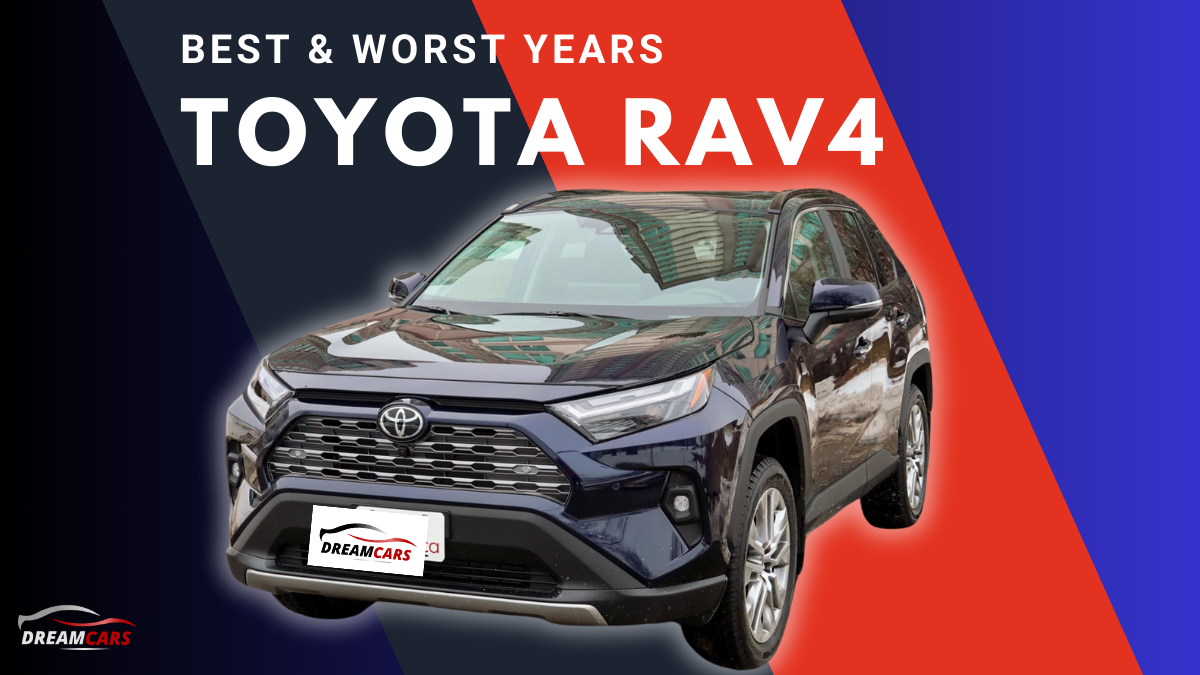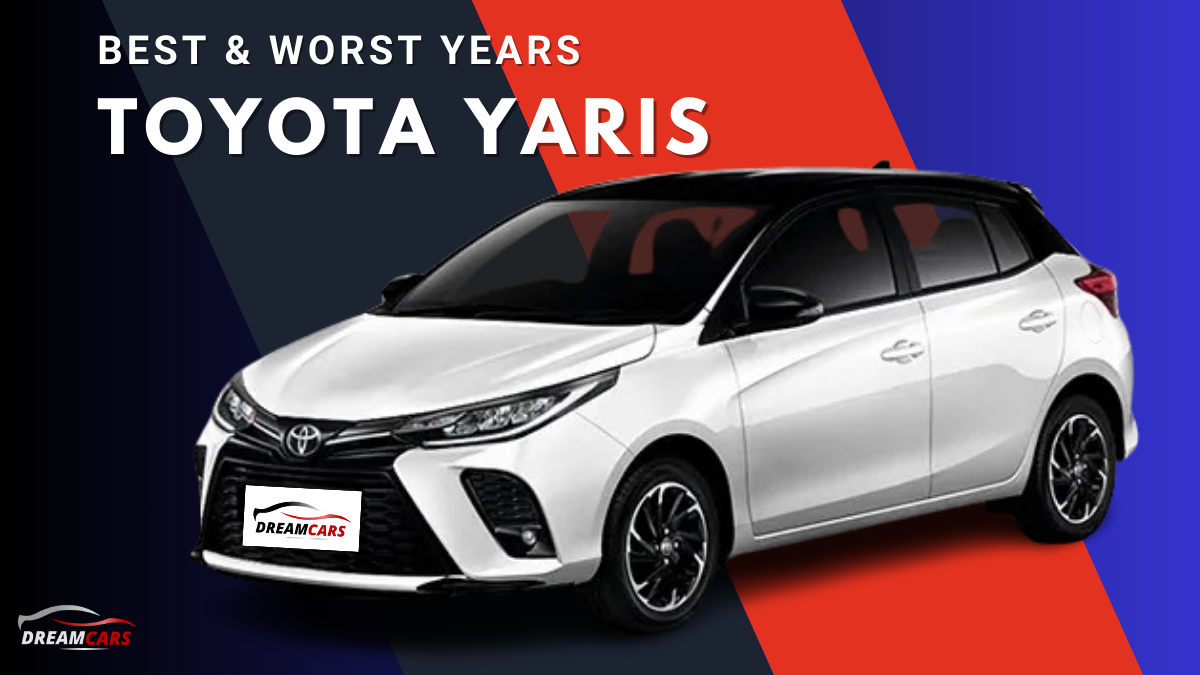Are you considering a Toyota RAV4 but need to decide which model year you should buy? Here’s the ultimate guide to help you make the right choice.
It goes without saying that not all Toyota RAV4 model years are made equal.
With decades of experience and countless hours spent under the hoods of these cars, we’ve compiled a list of the best and worst model years of this popular crossover.
From the admirable reliability of some models to the unforeseen hiccups of other models, we’ve laid it all out for you.
We’ll start by listing the generations of the Toyota RAV4 as those represent significant changes to the car. The models in each generation share many similarities.
Afterward, we’ll show you the best Toyota RAV4 years and which Toyota RAV4 years to avoid.
Let’s rev those engines and get started!
Related:
Best & Worst Volkswagen Tiguan Years
Toyota RAV4 Generations
| Generation | Years |
|---|---|
| Toyota RAV4 (1st generation) | 1996-2000 |
| Toyota RAV4 (2nd generation) | 2001-2005 |
| Toyota RAV4 (3rd generation) | 2006-2012 |
| Toyota RAV4 (4th generation) | 2013-2018 |
| Toyota RAV4 (5th generation) | 2019-present |
We’ll list the best and worst Toyota RAV4 years for each generation as it better explains which years to avoid and which to look for.
Furthermore, we also list what we call neutral years. These years are neither good nor bad, as we couldn’t justify categorizing them on either side.
| Generation | Best Years | Neutral Years | Worst Years |
|---|---|---|---|
| 1st generation | 1996 1998 | 1997 | 1999 2000 |
| 2nd generation | 2001 2004 2005 | 2002 2003 | |
| 3rd generation | 2009 2010 | 2008 2011 2012 | 2006 2007 |
| 4th generation | 2013 2015 2016 2017 2018 | 2014 | |
| 5th generation | 2022 2023 | 2019 2020 2021 |
We are using our own combined score to categorize the models. Our score is based on multiple factors, and each has an assigned weight. We also use qualitative datasets such as owner surveys to decide.
Some of the factors are:
- Owner-reported reliability (surveys)
- Annual maintenance costs
- Safety rating
- Consumer Reports reliability score
- Consumer Reports owner satisfaction score
- NHTSA recalls, investigations, and complaints
- Edmunds owner ratings
- JD Power owner ratings
- Kelley’s Blue Book (KBB) owner ratings
- VehicleHistory owner ratings
- Cars.com owner ratings
As mentioned, each factor has an assigned weight, and by combining all these values and the frequency of negative aspects (e.g., recalls), we get an accurate score for the total reliability of the car model.
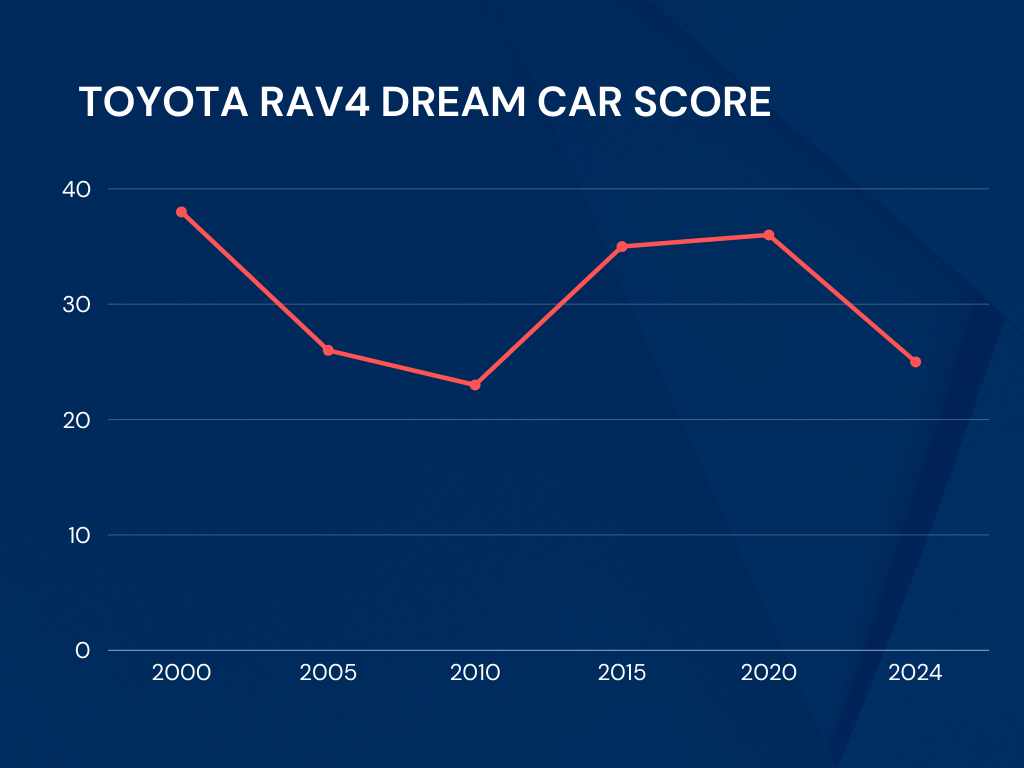
Best & Worst Years for Toyota RAV4 1st Generation (1996-2000)

The first generation of the Toyota RAV4, introduced in 1996, pioneered the compact crossover SUV market, combining car-like comfort with off-road capabilities.
Characterized by its distinctive two-door design, this innovative model quickly gained popularity and helped shape the burgeoning segment with its practicality, versatility, and style.
| Overview | |
|---|---|
| Model code | XA10 |
| Also called | Guangtong GTQ6440 (China, JV) |
| Production | 1994–2000 (RAV4)1997–2003 (RAV4 EV) |
| Model years | 1995–2000 |
| Assembly | Japan: Toyota, Aichi (Motomachi plant; April 1994 – July 2000); Tahara, Aichi (Tahara plant; commenced January 1996)[7][8]China: Zhuhai, Guangdong |
| Designer | Hideo Kondo (exterior 3-door/5-door: 1991, 1993)[9][10]Okawa Isao (interior: 1991, 1993)Seiichiro Kitabashi (colors and materials: 1990-1993) |
| Body and chassis | |
| Body style | 3-door SUV (hardtop)5-door SUV3-door convertible SUV (softtop) |
| Powertrain | |
| Engine | Petrol:2.0 L 3S-FE I42.0 L 3S-GE I4 |
| Electric motor | 50 kW (67 hp), 190 N⋅m (140 ft⋅lb) (electric) |
| Transmission | 5-speed manual4-speed automatic |
| Dimensions | |
| Wheelbase | 5-door: 2,410 mm (94.9 in)3-door: 2,200 mm (86.6 in) |
| Length | 5-door: 4,150–4,160 mm (163.4–163.8 in)3-door: 3,740–3,750 mm (147.2–147.6 in) |
| Width | 1,695 mm (66.7 in) |
| Height | 3-door: 1,646–1,661 mm (64.8–65.4 in)5-door: 1,650 mm (65.0 in) |
The Best Years: 1996 and 1998
The 1996 RAV4 kickstarted a new era of SUVs with its compact design and car-like ride, offering a choice between a 2.0L four-cylinder engine and a more fuel-efficient 1.8L option.
In 1998, Toyota added enhanced safety features such as dual front airbags and anti-lock brakes, along with minor aesthetic tweaks like restyled headlights, further cementing the RAV4’s position in the market.
The Neutral Year: 1997
The 1997 model served as a transition year for the RAV4. While not offering substantial upgrades, it did consolidate the strengths of its predecessor, including the innovative unibody construction that combined the benefits of a car and SUV.
It also continued with the reliable 2.0L four-cylinder engine, maintaining a solid performance and fuel efficiency balance. There are, however, a few reliability issues, which Toyota fixed the following year.
The Worst Years: 1999 and 2000
The 1999 and 2000 RAV4 models, despite maintaining the core strengths of the first generation, began to show their age in the rapidly evolving SUV market.
Limited technological advancements and interior comfort were evident, especially compared to the emerging competition.
Furthermore, some reported reliability concerns, particularly related to transmission and engine longevity, tainted the reputation of these model years.
Best & Worst Years for Toyota RAV4 2nd Generation (2001-2005)
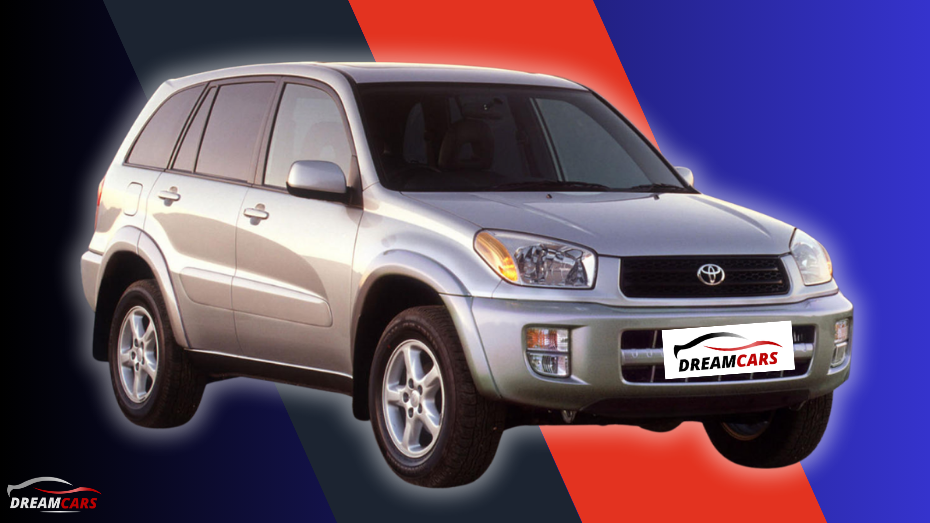
Beginning its second era in 2001, the Toyota RAV4 displayed a polished layout, enhanced capability, and a more extensive, cozier interior.
The model made strides in technological advancements and safety, presenting a more mature and capable compact SUV offering.
The 2001 RAV4, despite remaining true to its roots, was noticeably more refined, reflecting Toyota’s commitment to staying ahead of the rapidly evolving segment.
| Overview | |
|---|---|
| Model code | XA20 |
| Production | May 2000 – November 2005 |
| Model years | 2001–2005 |
| Assembly | Japan: Tahara, Aichi; Ōbu, Aichi |
| Designer | Kevin Hunter (5-door: 1997)[15]Yasuhide Hosoda (3/5-door: 1997)[16] |
| Body and chassis | |
| Body style | 3-door SUV5-door SUV |
| Platform | Toyota MC platform |
| Powertrain | |
| Engine | Petrol:1.8 L 1ZZ-FE I42.0 L 1AZ-FE I42.4 L 2AZ-FE I4Diesel:2.0 L 1CD-FTV I4-T |
| Transmission | 5-speed manual4-speed automatic |
| Dimensions | |
| Wheelbase | 5-door: 2,490 mm (98.0 in)3-door: 2,280 mm (89.8 in) |
| Length | 5-door: 4,193–4,230 mm (165.1–166.5 in)3-door: 3,860 mm (152.0 in) |
| Width | 1,735 mm (68.3 in) |
| Height | 1,650–1,680 mm (65.0–66.1 in) |
| Curb weight | 1,150–1,445 kg (2,535–3,186 lb) |
The Best Years: 2001, 2004 and 2005
The 2001 RAV4 introduced a more robust 2.0L four-cylinder engine, offering improved performance and fuel efficiency, which was well received by consumers. By 2004, the model introduced new safety enhancements, including standard anti-lock brakes and an available stability control system.
The 2005 RAV4 continued this trend with further refinements and optional features such as a more powerful 2.4L four-cylinder engine, a sophisticated all-wheel-drive system, and a spacious interior, which made it one of the most well-rounded compact SUVs on the market.
The Worst Years: 2002 and 2003
The 2002 and 2003 RAV4 models fell short due to some reliability issues. The models faced reports of transmission problems, particularly automatic transmission failure, which impacted their reputation. As such, we recommend that you stay away from these.
Although they offered features similar to those of their immediate successor and predecessor, these mechanical issues proved to be a significant drawback for these model years.
Best & Worst Years for Toyota RAV4 3rd Generation (2006-2012)
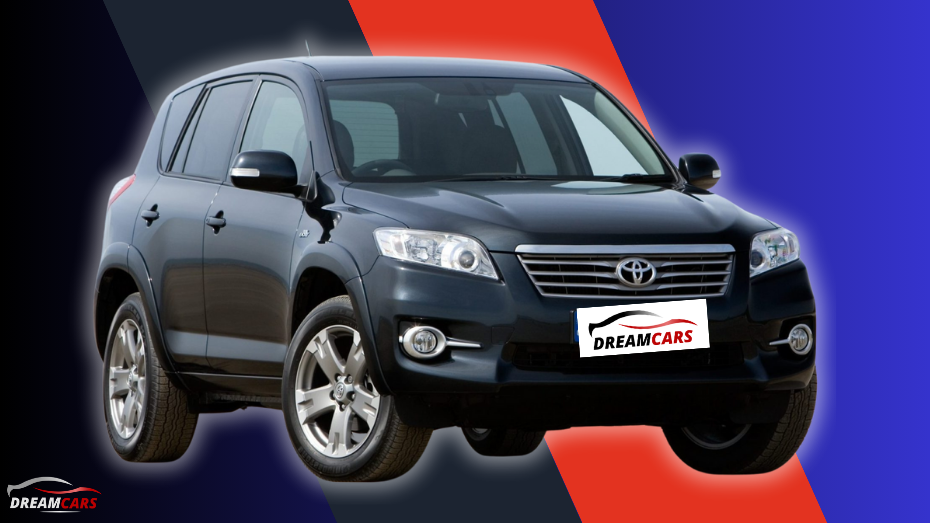
With the launch of its third generation in 2006, the Toyota RAV4 presented a significant evolution, moving closer to the mid-size SUV territory.
Featuring a new exterior design, a roomier interior, and a powerful V6 engine option, it promised an enhanced balance of performance, comfort, and utility, appealing to a broader audience.
| Overview | |
|---|---|
| Model code | XA30 |
| Also called | Toyota Vanguard (Japan, LWB) |
| Production | November 2005 – December 2012 (export)November 2005 – May 2016 (Japan)September 2012 – September 2014 (RAV4 EV) |
| Model years | 2006–2012 (export)2006–2016 (Japan) |
| Assembly | Japan: Tahara, Aichi; Toyota, Aichi (Takaoka plant) (2014–2016, Japanese market);[19] Ōbu, Aichi (Nagakusa plant)Canada: Woodstock, OntarioChina: Changchun |
| Designer | Masaki Motozaki (exterior & interior: 2003)[20][21] |
| Body and chassis | |
| Body style | 5-door SUV |
| Platform | Toyota New MC platform |
| Powertrain | |
| Engine | Petrol:2.0 L 1AZ-FE I42.0 L 1AZ-FSE I42.0 L 3ZR-FAE I42.4 L 2AZ-FE I42.5 L 2AR-FE I43.5 L 2GR-FE V6Diesel:2.2 L 2AD-FTV I4-T2.2 L 2AD-FHV I4-T |
| Transmission | 5/6-speed manual4/5/6-speed automaticCVT-i[22][23] |
| Dimensions | |
| Wheelbase | 2,560–2,660 mm (100.8–104.7 in) |
| Length | 4,395–4,620 mm (173.0–181.9 in) |
| Width | 1,815–1,855 mm (71.5–73.0 in) |
| Height | 1,685–1,755 mm (66.3–69.1 in) |
| Chronology | |
| Predecessor | Toyota Kluger (XU20) (for Toyota Vanguard; Japan, LWB) |
| Successor | Toyota Harrier (XU60) (Vanguard) |
The Best Years: 2009 and 2010
The 2009 and 2010 models stood out in this generation, marking a high point in the RAV4’s development. Both years offered a refresh with a restyled exterior, an updated interior, and advanced features like a rear backup camera and an optional touchscreen navigation system.
Toyota also continued offering the famous V6 engine, which was lauded for its impressive power and fuel efficiency.
Additionally, the introduction of the RAV4 Sport, with its sport-tuned suspension and unique styling cues, gave consumers more choices to suit their lifestyle and driving preferences.
The Neutral Years: 2008, 2011, and 2012
The 2008, 2011, and 2012 RAV4 models represented solid, albeit unspectacular, years for the RAV4. While they maintained the quality and reliability Toyota is known for and offered competitive features, these models didn’t introduce significant improvements or changes.
However, they retained their appeal with the roomy interior, available third-row seating, and the continued option for the capable V6 engine.
The Worst Years: 2006 and 2007
While the 2006 and 2007 models represented a leap forward for the RAV4 in size and power, they were also plagued by some issues.
These years suffered from reported problems related to excessive oil consumption, which negatively affected the vehicle’s reputation.
Additionally, some owners reported issues with the transmission, explicitly shifting, further dampening the appeal of these otherwise promising models.
Best & Worst Years for Toyota RAV4 4th Generation (2013-2018)

Launched in 2013, the fourth generation of the Toyota RAV4 displayed a remarkable departure from the previous design, boasting a sleeker, more contemporary aesthetic.
Along with a more car-like ride and enhanced fuel economy, the model welcomed advanced safety features, echoing Toyota’s commitment to a safe and comfortable driving experience.
| Overview | |
|---|---|
| Model code | XA40 |
| Production | December 2012 – November 20182013–2019 (China) |
| Model years | 2013–2018 |
| Assembly | Japan: Ōbu, Aichi (Nagakusa plant); Toyota, Aichi (Takaoka plant);[48] Tahara, Aichi[49]Canada: Woodstock, Ontario (TMMC)China: Changchun, Jilin (FAW Toyota)Russia: Saint Petersburg[50] |
| Designer | Masaki Okue, Hideki Hayashi, Akira Kubota and Takuya Watabe[51] |
| Body and chassis | |
| Body style | 5-door SUV |
| Platform | Toyota New MC platform |
| Related | Toyota Harrier (XU60)Lexus NX (AZ10) |
| Powertrain | |
| Engine | Petrol:2.0 L 3ZR-FAE I4[52]2.0 L 3ZR-FE I42.5 L 2AR-FE I4Diesel:2.0 L 2WW I4-T[52]2.2 L 2AD-FTV I4-T2.2 L 2AD-FHV I4-TPetrol hybrid:2.5 L 2AR-FXE I4[52] |
| Transmission | 6-speed manual6-speed U760E automaticeCVT (hybrid) |
| Dimensions | |
| Wheelbase | 2,660 mm (104.7 in) |
| Length | 4,570–4,605 mm (179.9–181.3 in) |
| Width | 1,845 mm (72.6 in) |
| Height | 1,660–1,705 mm (65.4–67.1 in) |
The Best Years: 2013, 2015, 2016, 2017 and 2018
The 2013 model debuted the generation with a bang, introducing a stylish new design, a 2.5L four-cylinder engine, and a more fuel-efficient six-speed automatic transmission.
The 2015 RAV4 expanded on this triumph with a new technology package, presenting blind-spot monitoring and rear cross-traffic alert. In 2016, Toyota Safety Sense P became standard on all RAV4s, incorporating characteristics such as adaptive cruise control and a pre-collision system with pedestrian detection.
The 2017 and 2018 models continued this momentum, enhancing standard equipment and introducing a sporty SE trim and the RAV4 Adventure, a frame with added ground clearance and rugged styling cues.
The Worst Year: 2014
Despite the overall success of the fourth generation, the 2014 RAV4 stood out as a low point due to a few key issues.
Consumers reported problems with the interior accessories and infotainment system, which could have been faster or more responsive.
Additionally, although the engine and transmission continued to be reliable, the reported interior issues slightly tarnished the reputation of this model year.
Best & Worst Years for Toyota RAV4 5th Generation (2019-Present)
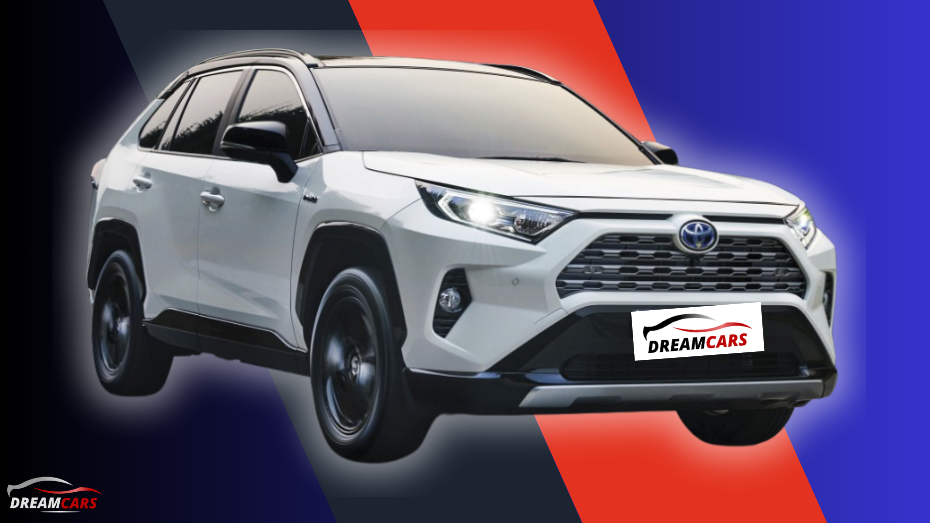
In 2019, Toyota unveiled the fifth generation RAV4, setting a new standard for the compact SUV segment with a more rugged design and high-tech features.
Adopting Toyota’s New Global Architecture (TNGA) platform, the RAV4 saw improvements in ride quality, stability, and efficiency, highlighting Toyota’s commitment to continuous evolution.
| Overview | |
|---|---|
| Model code | XA50 |
| Also called | Toyota Wildlander (GAC Toyota, China)[70][71]Suzuki Across (Europe, plug-in hybrid)[72] |
| Production | November 2018 – present[73]2018–2022 (Russia)[74] |
| Model years | 2019–present |
| Assembly | Japan: Ōbu, Aichi (Nagakusa plant); Toyota, Aichi (Takaoka Plant)Canada: Woodstock, Ontario; Cambridge, Ontario (TMMC)China: Changchun, Jilin (FAW Toyota); Guangzhou (GAC Toyota)United States: Georgetown, Kentucky (TMMK)Russia: Saint Petersburg (TMMR) |
| Designer | Hideo Koyama, Daisuke Iguchi, Shun Kawaguchi, Junya Furuta and Tatsuya Sonoda[75][76] |
| Body and chassis | |
| Body style | 5-door SUV |
| Platform | TNGA: GA-K[77] |
| Related | Toyota Camry (XV70)Toyota Harrier/Venza (XU80)Mitsuoka Buddy[78]Lexus NX (AZ20) |
| Powertrain | |
| Engine | Petrol:2.0 L M20A-FKS I42.0 L M20C-FKS I4 (Wildlander, China)2.0 L M20D-FKS I4 (China)2.5 L A25A-FKS I42.5 L A25C-FKS I4 (Wildlander, China)2.5 L A25G-FKS I4 (China)Petrol hybrid:2.5 L A25A-FXS I42.5 L A25D-FXS I4 (Wildlander, China)2.5 L A25F-FXS I4 (China)Petrol plug-in hybrid (PHEV):2.5 L A25A-FXS I42.5 L A25D-FXS I4 (Wildlander, China)2.5 L A25F-FXS I4 (China) |
| Electric motor | Permanent magnet synchronous88 kW (118 hp) 3NM (front, hybrid)134 kW (180 hp) 5NM (front, PHEV)40 kW (54 hp) 4NM (rear) |
| Power output | 126 kW (169 hp) (2.0 L)151 kW (202 hp) (2.5 L)163 kW (219 hp) (hybrid, combined)225 kW (302 hp) (PHEV, combined) |
| Transmission | 6-speed manual8-speed AWF8F35/UA80E “Direct Shift” automaticK120 CVT with physical first gearAisin Seiki T110 eCVT with sequential shift mode (hybrid) |
| Hybrid drivetrain | Power-split (hybrid)PHEV (plug-in hybrid/Across) |
| Battery | 1.6 kWh nickel–metal hydride (hybrid)18.1 kWh lithium-ion (plug-in hybrid) |
| Plug-in charging | 6.6 kW AC (Prime)V2L: 1.5 kW (Prime) |
| Dimensions | |
| Wheelbase | 2,690 mm (105.9 in) |
| Length | 4,570–4,600 mm (179.9–181.1 in) |
| Width | 1,855 mm (73.0 in) |
| Height | 1,660 mm (65.4 in) |
| Curb weight | 1,530–1,640 kg (3,373–3,616 lb)1,680–1,720 kg (3,704–3,792 lb) (hybrid) |
| Chronology | |
| Predecessor | Suzuki Grand Vitara (JT) (Across) |
The Best Years: 2022 and 2023
The 2022 and 2023 RAV4 models shine as the standout years of this generation, showcasing Toyota’s latest advancements in safety and technology. The 2022 model brought a significant refresh with a more robust and efficient hybrid system and a new plug-in hybrid option, the RAV4 Prime.
The 2023 model further improved on this, offering a more refined infotainment system with enhanced connectivity, user-friendly controls, and a streamlined user interface.
Both years also highlighted Toyota’s commitment to safety, featuring advanced driver-assistance systems as standard, including forward collision warning, automatic emergency braking, lane departure warning, and adaptive cruise control.
The Worst Years: 2019, 2020 and 2021
Despite the innovative changes brought by the fifth generation, the initial years – 2019, 2020, and 2021 – faced some teething problems. Some customers reported issues with the new infotainment system, which included connectivity problems and a lack of intuitive controls.
Furthermore, some RAV4 models from these years suffered from reported issues with the new eight-speed automatic transmission, which occasionally exhibited harsh or uncertain shifting.
Despite these issues, the models’ advanced safety features and fuel-efficient powertrain options remained competitive.
Toyota RAV4 Average Resale Values
It’s also interesting to know what Toyota RAV4s of the specific years sell for. In the following chart, we’re showing the average resale value of each year’s model.

Conclusion
Now that we’ve taken a comprehensive ride through the best and worst years of the Toyota RAV4, we encourage you to share your experience with the RAV4. Do you own one of our top-rated years, or perhaps one on the “worst” list?
We’d love to hear your stories and see how your experience matches our findings. Feel free to comment about your experience below. And let’s keep this conversation going!
